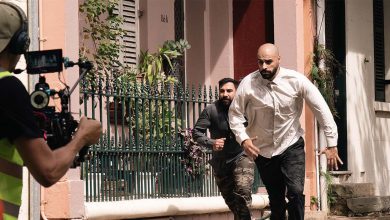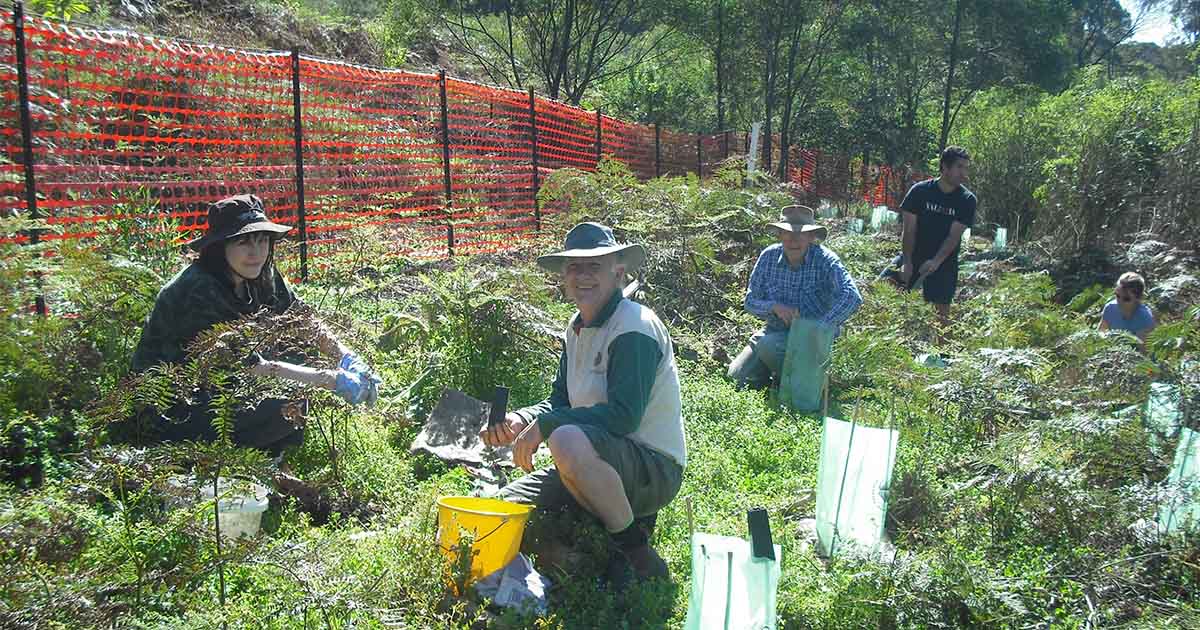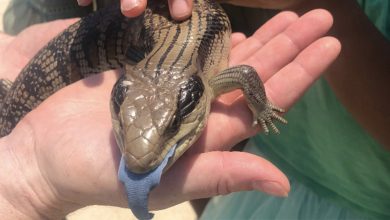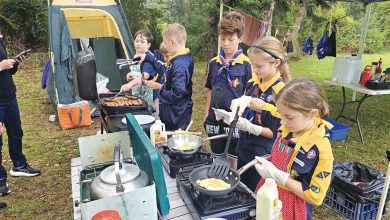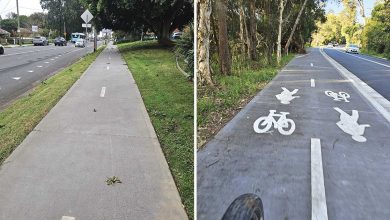Bushfires
By Ivor Jones
It was April 1942 that a Bushfire Brigade was established at Kenthurst.
Just over three years previously, in January 1939, devastating bushfires had spread throughout the Hills district and other parts of New South Wales during which the smoke from these fires could be seen as far away as New Zealand.
World War 2 also started in 1939 which delayed organisation of establishments of Bushfire Brigades.
However, the Kenthurst and Annangrove War Emergency Association which had been established in March 1942, received a request from one of its members, Jack Baildon of “Maranoa”, Kenthurst after he had been approached by letter from the Deputy Shire Clerk of Baulkham Hills Shire Council.
The letter from the Council’s Deputy Shire Clerk requested a bushfire brigade be established at Kenthurst as part of the Shire’s defence effort. The letter stated in part “It is the great danger of fires originating from enemy action or the result of military operations that prompts this (request), as under such a circumstance the fires would be more widespread and intensive than most of those having their origin in causes such as carelessness.”
Among those founding members of the bushfire brigade would have been many who had the disastrous fires of January 1939 in their minds when the Hills district was ablaze.
Death and destruction occurred over a wide area. A farmer at Castle Hill died trying to save horses, two men were trapped in a blazing shack at Box Hill and a fire-fighter lost his life from severe burns received fighting a fire at Dural.
Newspapers at the time reported that “in 24 hours, 13 people died, hundreds of homes were razed and three million hectares of the State blackened. Sydney took the brunt of the onslaught, with the Sutherland, Warringah and Baulkham Hills Shires devastated.”
More than 1000 volunteers and professional firemen battle to control the outbreaks. At midnight on 12th January 1939, the temperature was 34 degrees in Sydney. By early afternoon the next day it had reached 46 degrees at Observatory Hill. The temperatures were even higher in the outer suburban areas.
New Zealanders across the Tasman reported that they could see smoke coming from the “Black Saturday” fires in NSW.
The rubber hoses being used to fight the fires melted with the heat (plastic hoses were not yet available).
“The Sydney Morning Herald” described one of the blazes as a fire driven with astonishing speed from Windsor to Rouse Hill during Saturday afternoon and ended at Galston”.
A local resident, Harold Featherston, said that “the 1939 fire was caused by a chap in Vineyard. A hot westerly wind threw lumps of lighted bark through the air for miles. The whole district was an inferno.”
A young Ken Featherston, who was later to become Captain of the Kenthurst Bushfire Brigade, got into trouble from his dad when the apple shed in Pellit Lane burnt down in the “Black Saturday” fire. Ken had stayed with the homestead.
The Kenthurst and Annangrove War Emergency Association was disbanded in August 1944 and the fire-fighting equipment was distributed to three centres throughout the Hills rather than the one central location.
The Hills has continued to suffer from devastating fires since that time. Large and sometimes fatal fires occurred in the Hills district. In 1975 fires broke out at Glenhaven, Annangrove and Cattai which destroyed large areas of bush at Kenthurst when the fires raced towards each other. A tragic fire occurred at Kenthurst in October 1991 where Mrs Shirley Dudley and her 16 year old daughter Emma Burns became victims of the “Black Wednesday” fires.
Lest we forget the volunteer and professional fire-fighters who man the front lines to save people and property whilst putting their own lives on the line for others.


